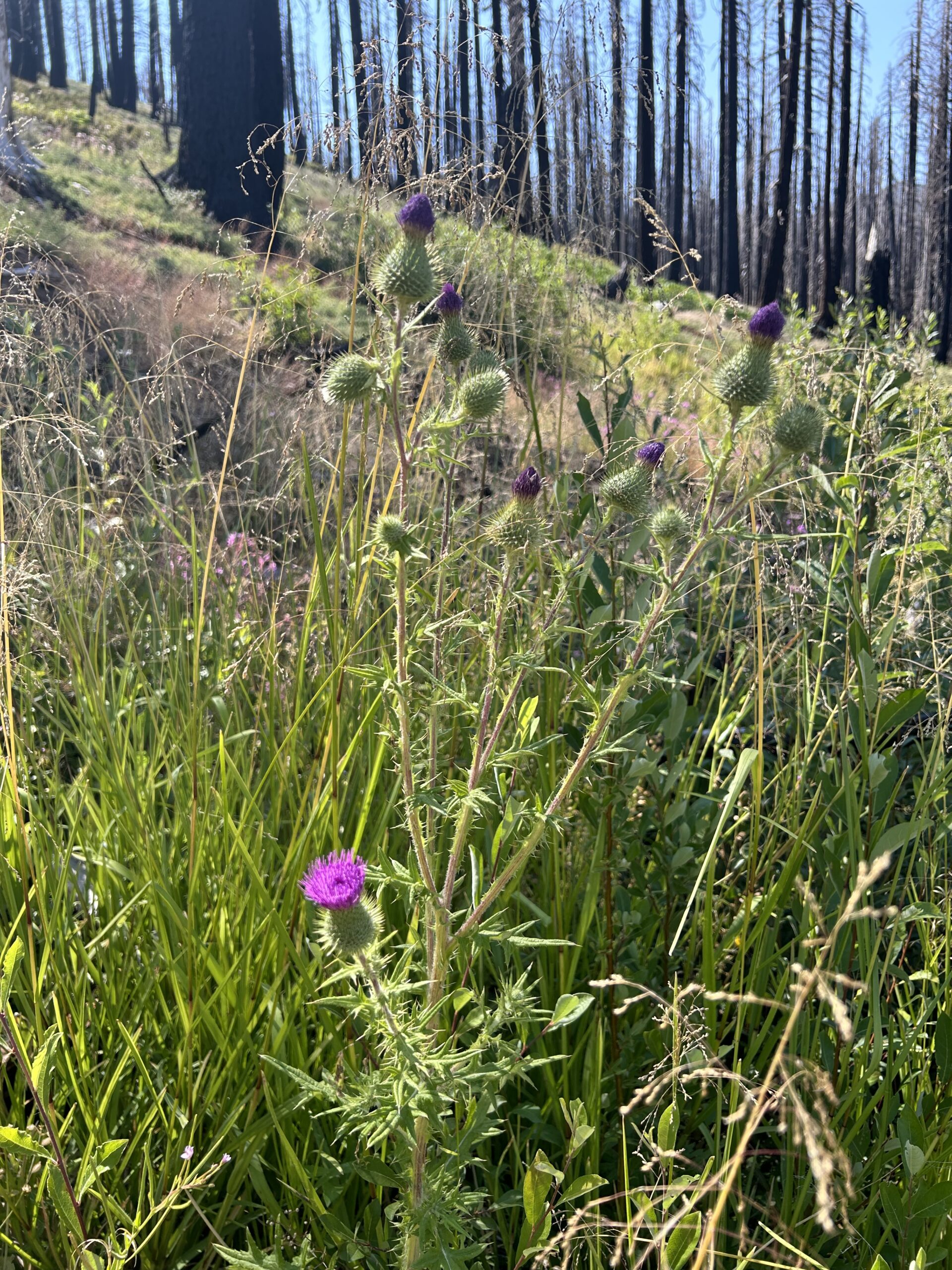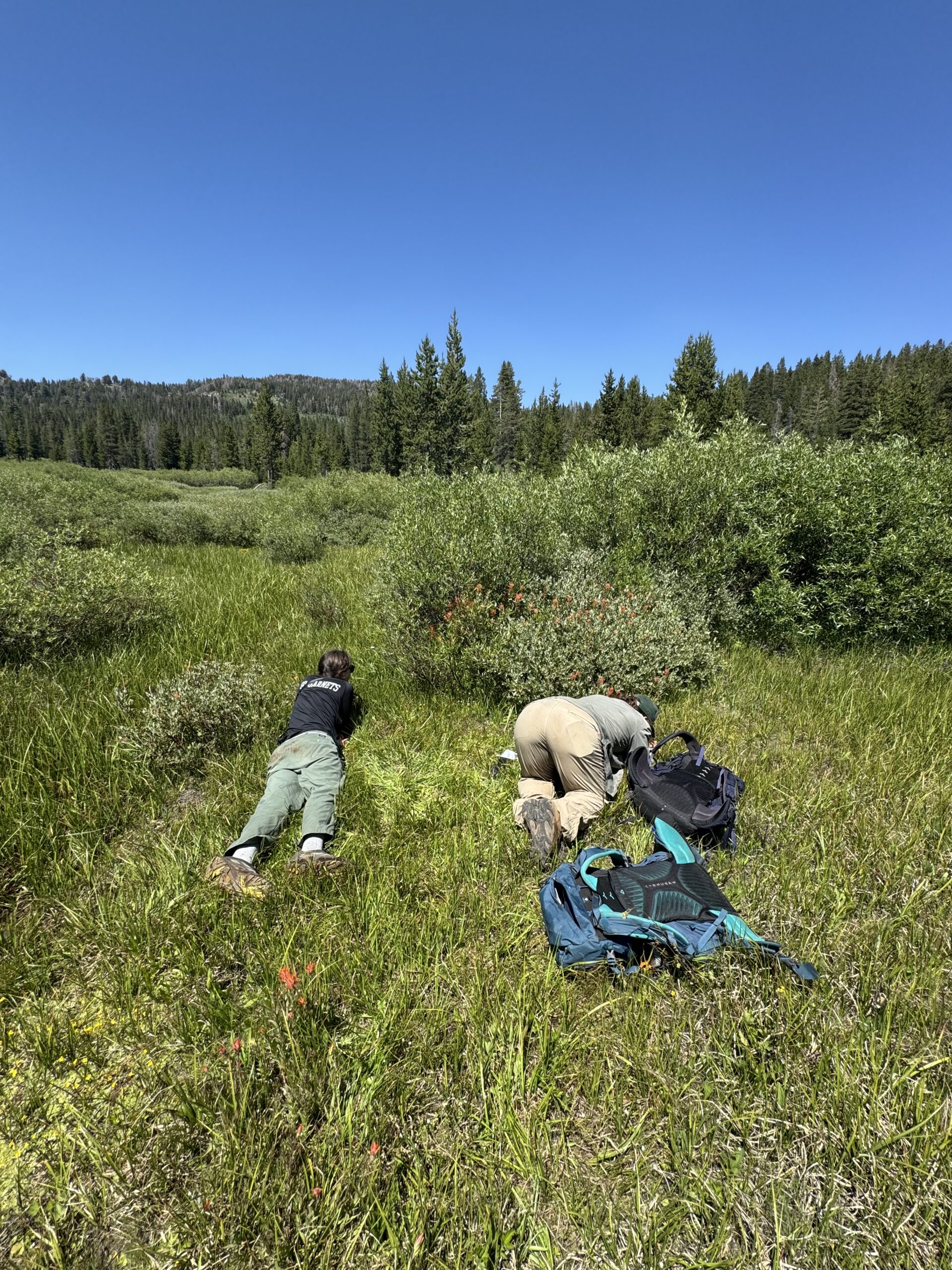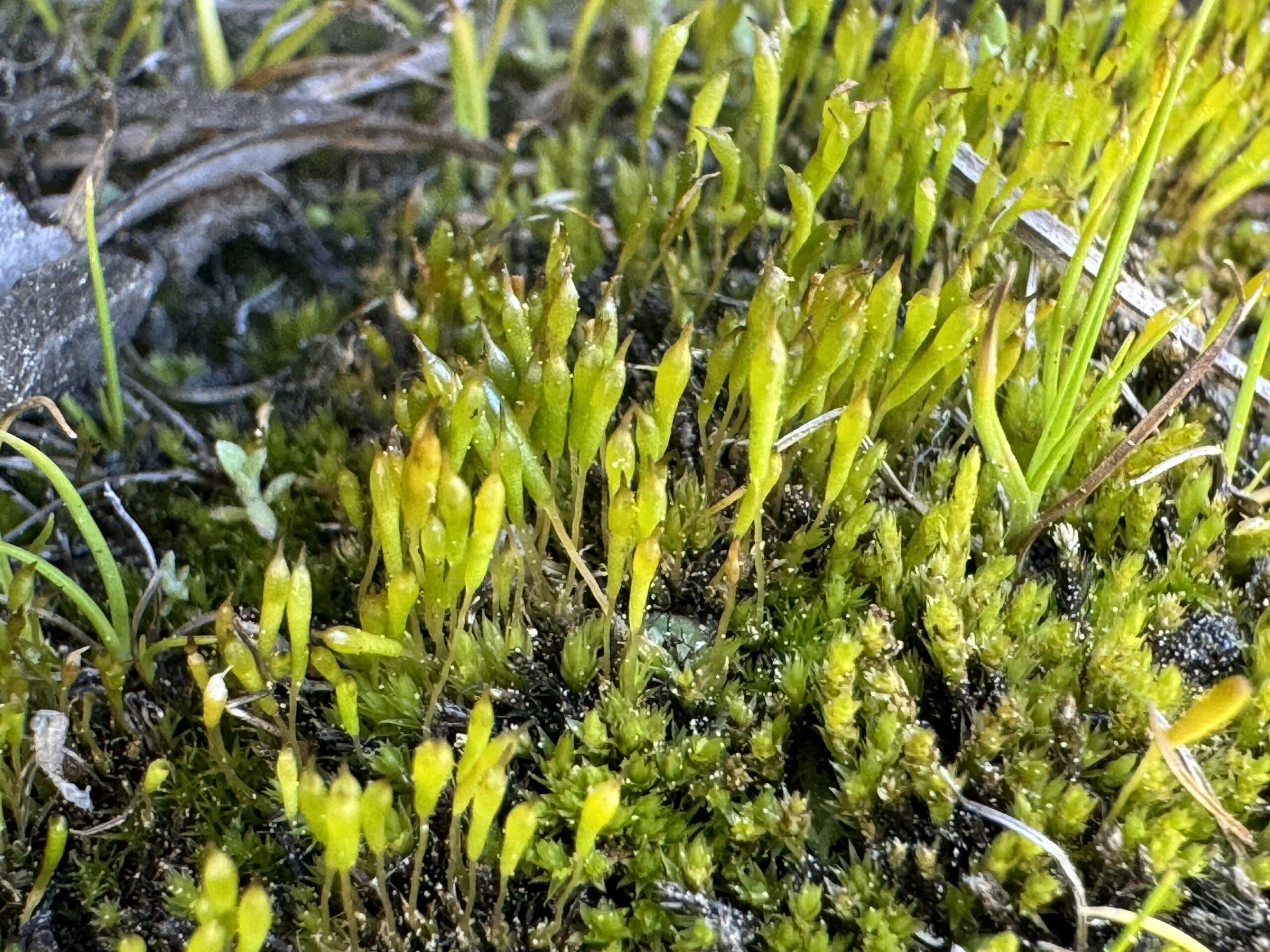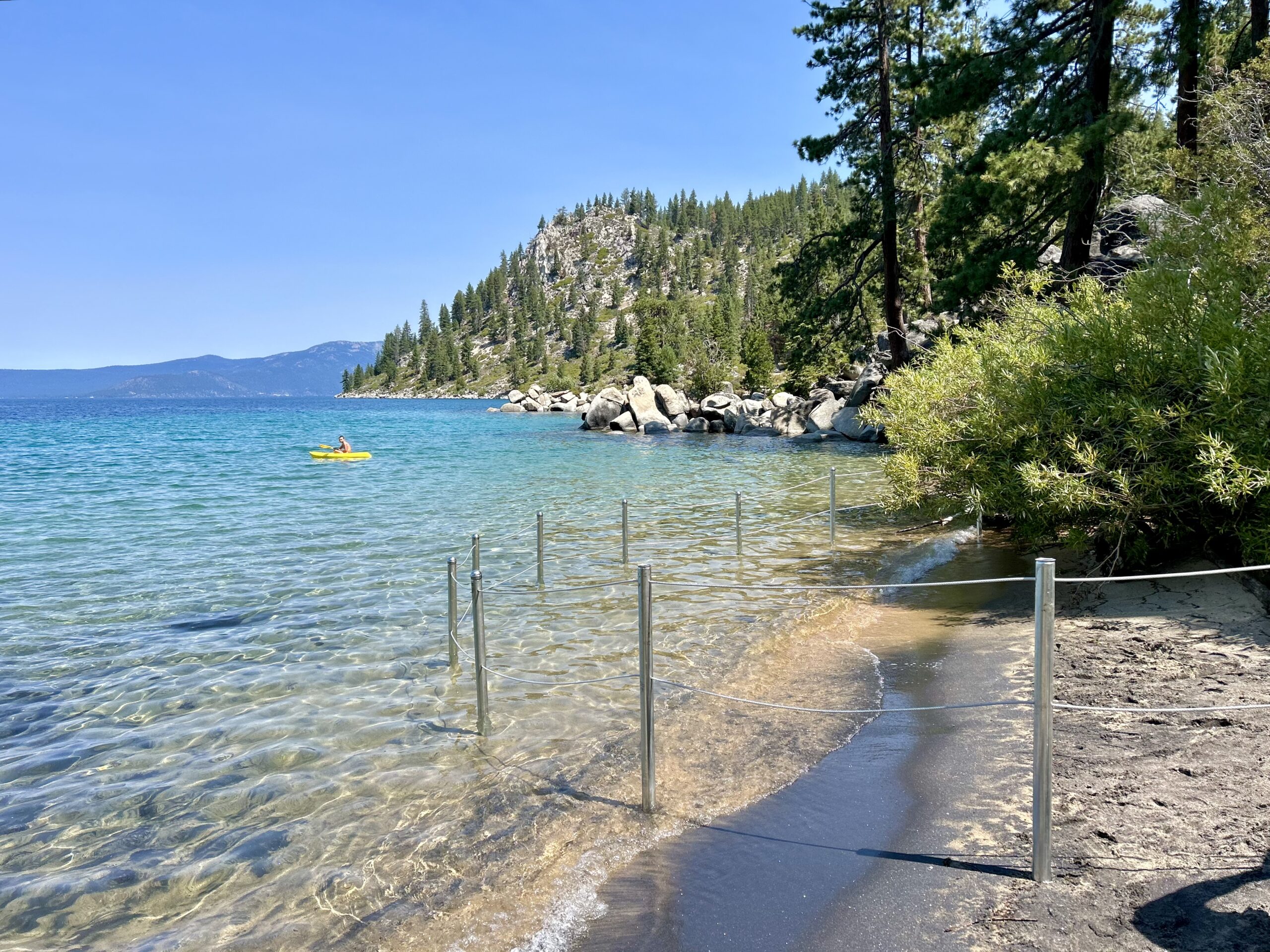In the spirit of complete transparency with all my loyal fans, I have a confession to make. In the weeks leading up to moving from New York to Tahoe (and even a few weeks after moving), I was feeling a lot of regret. I was very apprehensive about living somewhere so different from anywhere I’d lived before and my initial bear encounter did little to assuage my fears (only my day one readers will understand)…I missed my friends and my home ecosystem of the coastal salt marsh. Over the course of the summer, I shed quite a few tears thinking about fireflies, katydids, and New York bagels. There were even some points early on in my time here where I wondered if I made a mistake. But now, as I write this on my last day of work, I would not trade this experience for anything.

I’ve always had a bit of an adventurous spirit, but I never really nurtured that part of myself until I moved here. I’ve surveyed burn scars, climbed up to staggering peaks, wandered along the shore of the lake, waded, swam, and explored every nook and cranny of the Lake Tahoe Basin in the process. I woke up every morning at 5:45 am (the earliest I’ve consistently woken up in my whole life) excited to experience new things. Whether it was a wildflower-filled meadow or a centuries-old whitebark pine (Pinus albicaulus) forest, I got to spend time in the most magical and awe-inspiring ecosystems. Not to get all hokey, but it’s hard not to feel a little spiritual looking out at the kinds of landscapes I encountered every day.


On a personal level, there were certainly some challenging aspects to the past few months. Being away from the large queer community I am used to has been difficult, especially when moving somewhere new without knowing anyone. That being said, experiencing a bit of isolation here prompted a lot of self-discovery and forced me to be more independent. As much as I am looking forward to reuniting with my friends and community, I am a much more self-assured than I was when I arrived here. In a more practical sense, I have learned so much as a botanist and ecologist: I’ve seeded, planted, keyed out species, worked with endangered species, mounted herbarium specimens, and done a whole lot of seed scouting and collecting, all of which was completely new to me. I feel much more capable in a professional sense and am more confident in my ability to learn quickly on the job than I was on my first day.



It’s nerve-racking meeting a new crew (and honestly new people in general), but getting to know the botany crew here at LTBMU was the highlight of my time here. We bonded over the long days weeding and seeding in the hot (and later, freezing) weather. I had so much fun in the field with everyone, and I was surprised by how quickly they made me feel at home. I’m going to miss them all dearly, and I hope we meet again soon! Saying goodbye is always the toughest part of the field season.
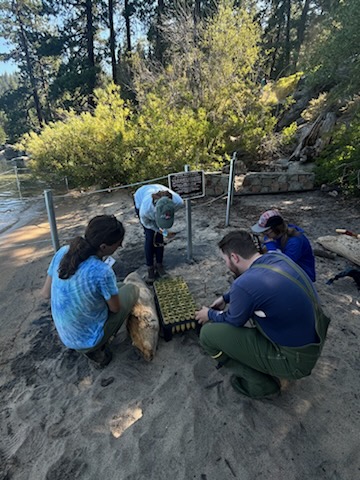

I’m flying home to New York in two days, and in some ways I feel similar to how I felt back in June, on the eve of my move here. I am going to miss my friends (love you botany crew), the plants I’ve come to love, and the incomparably beautiful Sierra Nevada region. I feel a bit nervous about what’s to come (I have LITERALLY no idea what I’m doing next), but I’m excited for the next chapter of my adventure!







